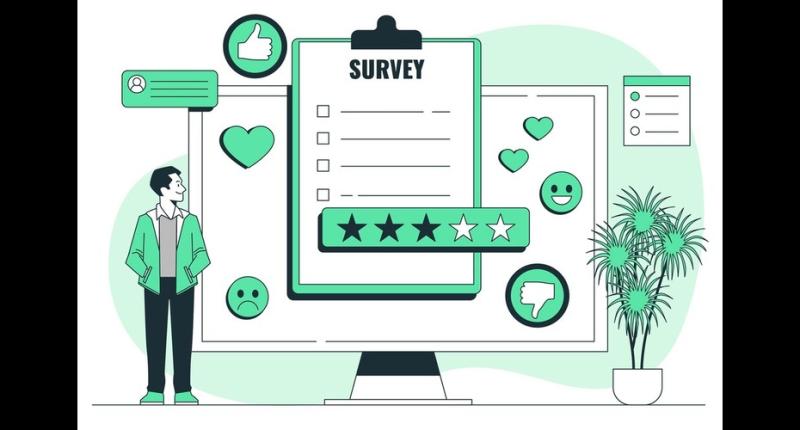What is a Survey? A Comprehensive Guide

Introduction
In today’s data-driven world, understanding customer preferences, employee satisfaction, and market trends is crucial for businesses. One of the most effective ways to gather valuable insights is through surveys. But what is a survey exactly, and how can it benefit organizations? This guide explores the definition, types, and importance of surveys, along with how feedback software and customer experience software enhance the survey process.
What is a Survey?
A survey is a structured method of collecting information from a target audience. It typically consists of a set of questions designed to gather opinions, preferences, or experiences. Surveys can be conducted through various mediums such as online forms, phone calls, in-person interviews, or printed questionnaires.
Organizations use surveys to:
Measure customer satisfaction
Understand employee engagement
Conduct market research
Improve product and service offerings
Types of Surveys
Surveys can be classified into different types based on their objectives and methods of administration:
1. Customer Satisfaction Surveys
These surveys help businesses assess customer happiness with their products or services. They often include questions about service quality, product usability, and overall experience.
2. Employee Feedback Surveys
Companies use employee surveys to gauge job satisfaction, workplace culture, and productivity levels. Anonymous surveys often encourage honest feedback.
3. Market Research Surveys
Businesses conduct market research surveys to analyze consumer preferences, industry trends, and competitor performance.
4. Product Feedback Surveys
These surveys focus on gathering user opinions on a product’s features, functionality, and areas for improvement.
The Role of Feedback Software in Surveys
Feedback software simplifies the survey process by automating question distribution, data collection, and analysis. Some key benefits of using feedback software include:
Automation: Eliminates manual data entry and analysis.
Real-time Insights: Provides instant reports and analytics.
Customization: Allows businesses to tailor surveys based on objectives.
Multichannel Distribution: Enables surveys via email, SMS, website pop-ups, and social media.
Enhancing Surveys with Customer Experience Software
Customer experience software takes surveys a step further by analyzing customer interactions and feedback across multiple touchpoints. This technology helps businesses:
Track customer sentiment over time.
Identify pain points in the customer journey.
Personalize interactions based on survey responses.
Improve customer loyalty and retention.
Best Practices for Creating Effective Surveys
To maximize the effectiveness of your surveys, follow these best practices:
1. Keep Surveys Concise
Long surveys may discourage participation. Aim for short, precise questions to increase response rates.
2. Use Clear and Simple Language
Avoid jargon or complex phrases. Questions should be easy to understand for all respondents.
3. Choose the Right Question Types
Mix multiple-choice, rating scales, and open-ended questions to gather comprehensive insights.
4. Offer Incentives
Providing discounts, giveaways, or reward points can encourage more participants to complete the survey.
5. Analyze and Act on Feedback
Collecting data is only useful if businesses act on it. Use customer experience software to interpret survey results and make data-driven decisions.
Conclusion
Understanding what a survey is and leveraging it effectively can drive business growth, improve customer experiences, and enhance decision-making. By integrating feedback software and customer experience software, companies can streamline survey processes and gain meaningful insights to enhance their strategies. Whether for customer satisfaction, employee engagement, or market research, surveys remain a powerful tool for collecting valuable data.



Comments